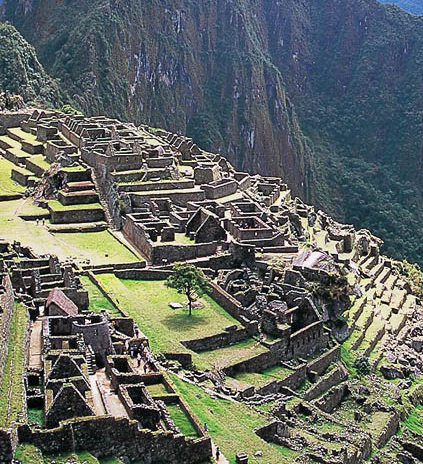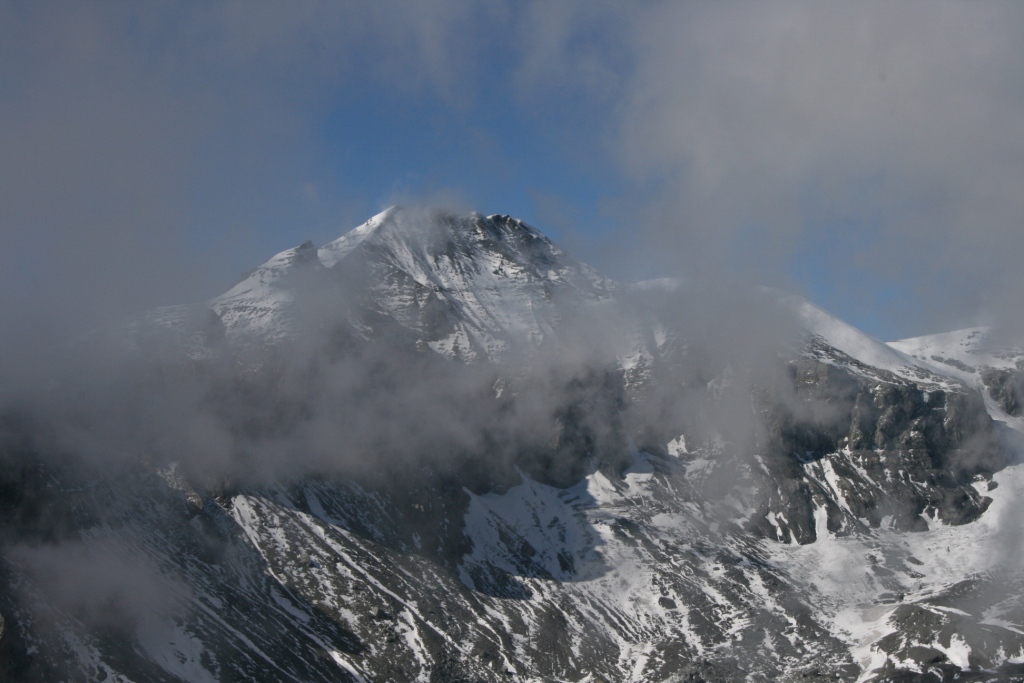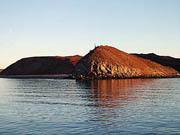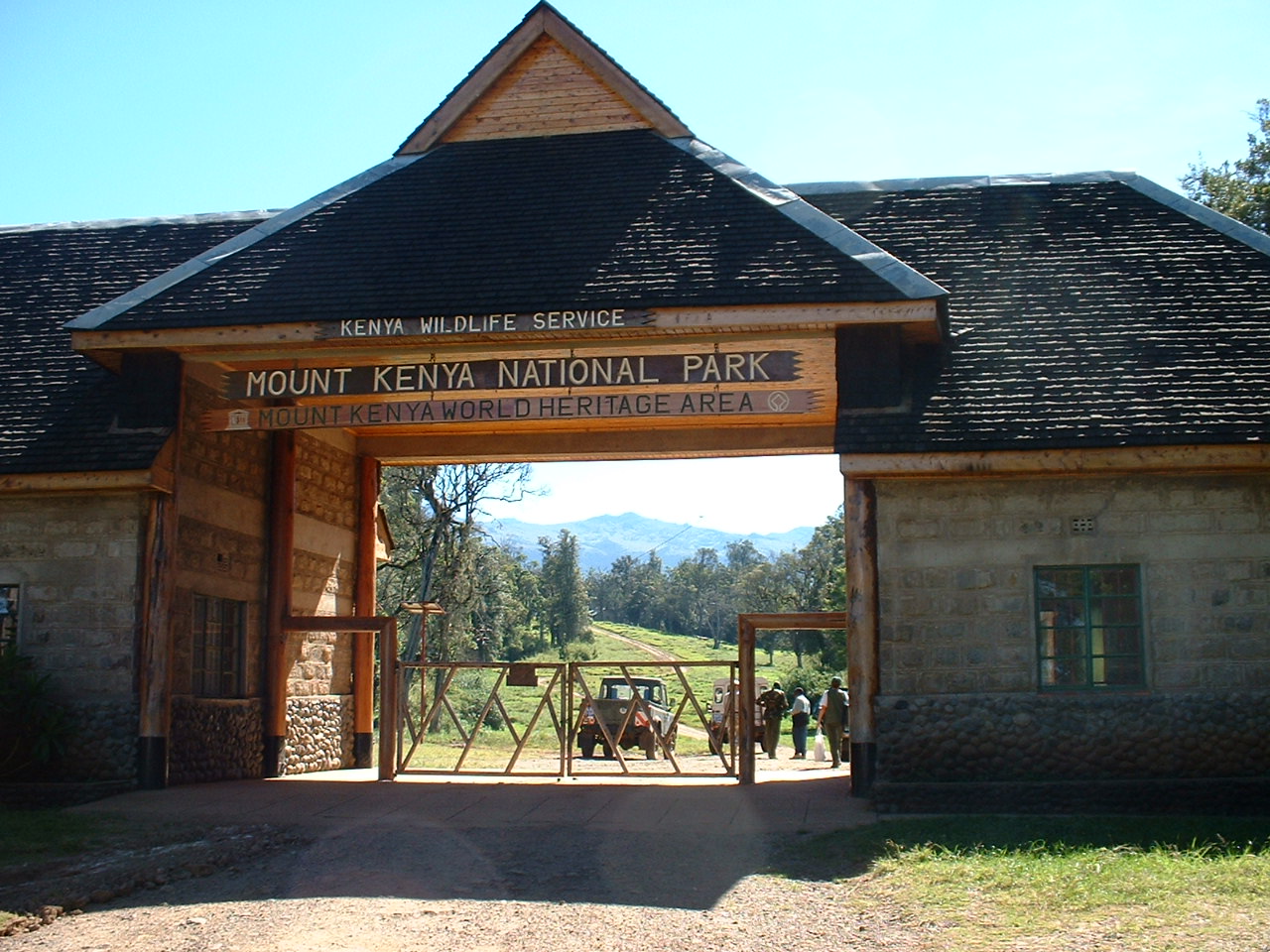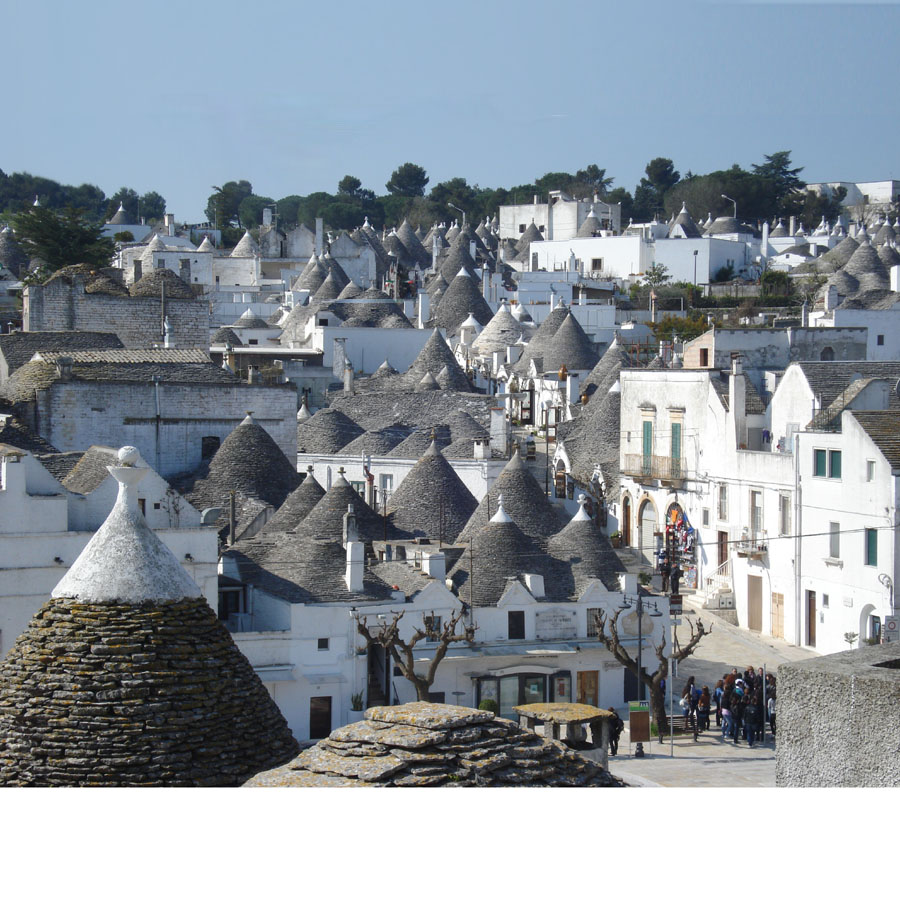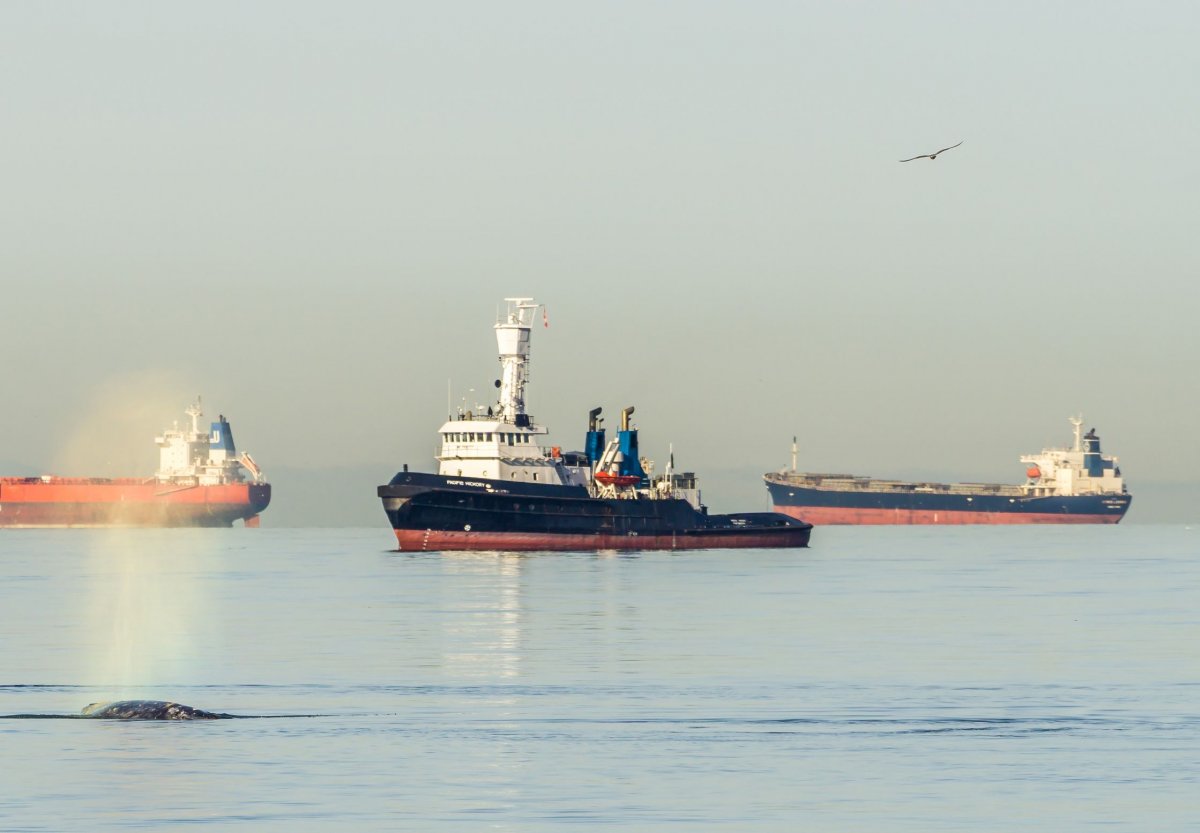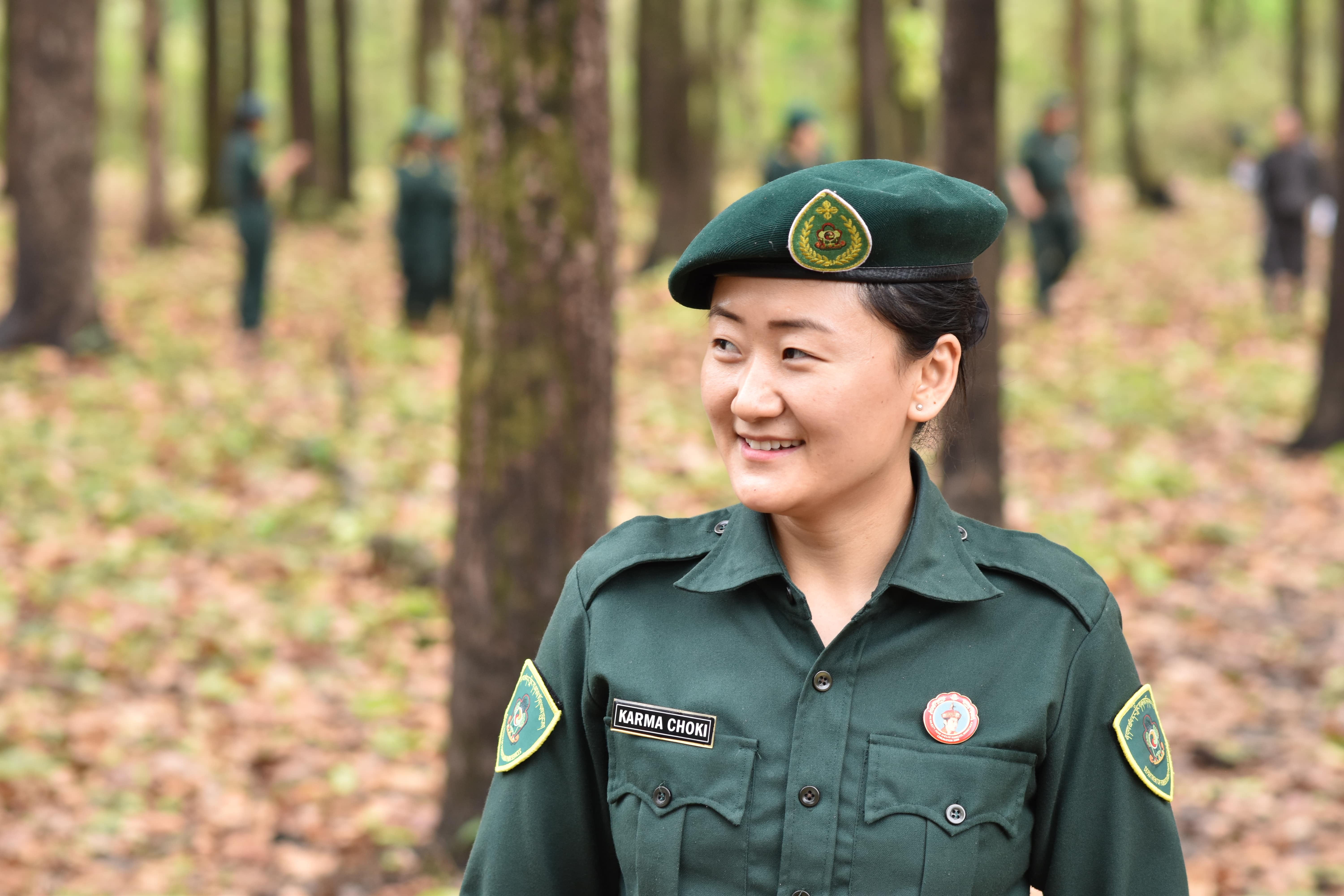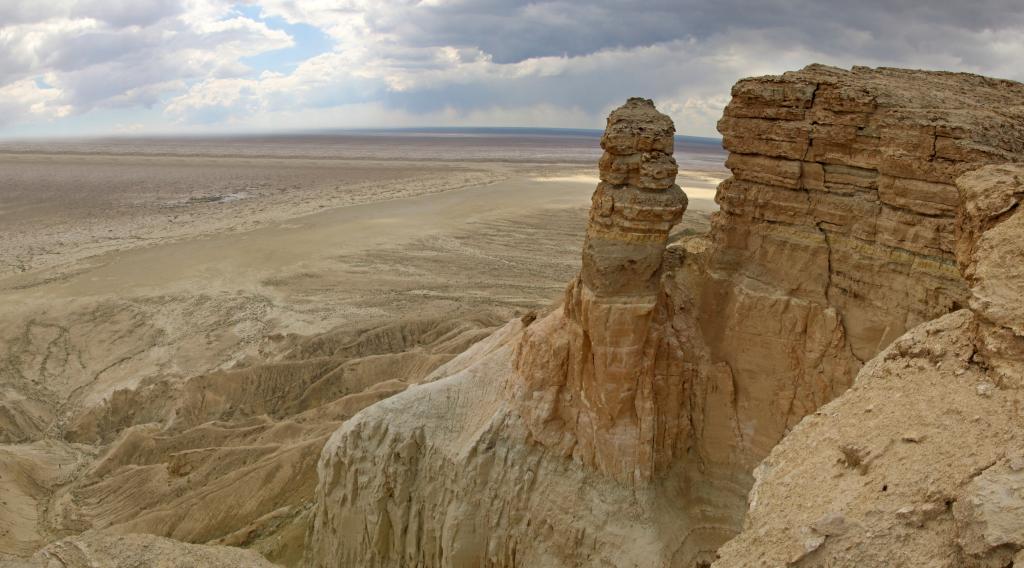Mid-life crisis or life just beginning? The World Heritage Convention approaches 40
Some say life begins at 40. The World Heritage Convention is one year away from its big birthday, but its critics argue the time is ripe for it to retire.
Have your say. Let us know what you think by posting your comments at the end of the article.
With over 900 locations listed for their ‘outstanding universal value’ (including 704 cultural, 180 natural and 27 mixed sites across 151 nations), the World Heritage Convention might have bitten off more than it can chew as it struggles to ensure the preservation of such a sprawling range of sites. Yet some claim that the Convention is still only protecting the tip of the iceberg and that a plethora of important places around the world would benefit significantly from coming under its wing. In the year leading up to the Convention’s anniversary, the debate remains open as to the best path to tread.
A utopian dream or an ambitious idea?
The roots of the Convention illustrate that World Heritage embodies the protection of outstanding locations for the benefit of all. The Convention was set up in the aftermath of the rebuilding of Egypt’s Abu Simbel 13th century BC temple to rescue it from flooding in 1954. UNESCO’s fierce fundraising campaign saved the sanctuary, crystallizing in its wake the spirit of the World Heritage Convention which came into being in November 1972.
World Heritage status should offer protection and safeguard the values that validate a site being listed. Results are mixed on the ground though, and can sometimes be a very different story from the ideal. In some cases the World Heritage stamp is opening the door to unforeseen problems.
How many is too many?
One of the suggested ailments of the World Heritage Convention is a tendency to expand the World Heritage List, regardless of the state of current entries. “With nearly one thousand sites, the Convention is, to some degree, a victim of its own success,” notes Stephen Morris, Chief, Office of International Affairs at the US National Park Service.
Widespread pressures on existing sites require attention and funding, yet the increasing number of listings is not mirrored by an escalation in resources required to manage them.
“The World Heritage Convention is in very intensive care,” exclaims Dr Dawson Munjeri, Deputy Permanente Delegate of Zimbabwe to UNESCO. “It is being sustained by a life support system and if the current trends continue, we may as well give up.” For Munjeri, the onus needs to be on stopping the proliferation of sites and ensuring that strong enforcement mechanisms, resources and political will are there to protect all World Heritage Sites.
Furthermore, it appears that this primary problem of an ever-expanding List is intimately connected to political intricacies behind the scenes.
Political strings
Boasting a World Heritage site puts countries on the tourism map and in many parts of the world, nations aspire to have a least one site on the prestigious list. As a result, some consider that governments are overly eager to push their nominations onto the List, with a focus more on diplomatic ties than conservation science.
Christina Cameron, Canada Research Chair on Built Heritage at Montreal University, notes that the representation at World Heritage Committee meetings has shifted to a stronger diplomatic component to the detriment of technical experts. “In the eighties, there was more flexibility to wait a year and get everything right before listing – this is no longer the case,” she explains.
Indeed, some sites currently on the World Heritage List have been inscribed against the advice of the Convention’s technical advisory bodies: the International Union for Conservation of Nature (IUCN) and the International Council on Monuments and Sites (ICOMOS).
When the Pitons Management Area of St Lucia was nominated, the recommendation had been to defer consideration, but it was inscribed despite the presence of resort developments and significant residential construction within its boundaries. Increased property prices and the number of building applications following inscription have risked eroding the very values World Heritage is supposed to protect.
“Decisions are swayed by lobbying,” explains Munjeri. At the 34th session of the World Heritage Committee, held in Brasilia last August for instance, expert advice suggested that only 10 of the 21 sites added to the List were actually eligible.
In Danger: a stick or a carrot?
Concerns of politics overriding technical issues are also evident in discussions about the inscription of sites on the ‘List of World Heritage in Danger’. This list was initially set up to draw attention to and garner support and funding for sites requiring protection. Nowadays though, many countries see it as a way of ‘naming and shaming’ rather than a positive call for action. Kishore Rao, Director of UNESCO’s World Heritage Centre, has been quoted as saying “it is a pity so many countries see the Danger List as a slap in the face”.
Using the Danger List is one of the ways UNESCO can prompt and support governments to better manage their natural and cultural assets. Some countries actually ask for their sites to be put on the Danger List, seeing it as a positive way to leverage funding. Last year for instance, the US requested the Everglades be put back on the Danger List. Yet although some financial support does flow to those sites on the Danger List, there is scope to improve international assistance to the Convention.
The last resort in encouraging governments to deliver on their conservation promises is the possible removal of a site from the World Heritage List. But this option has only ever been used twice: for the Arabian Oryx Sanctuary in 2007 after oil exploration covered 90% of the site and for Dresden in 2009 because of the construction of a four-lane bridge.
Overall though, many feel the Convention needs other tools to ensure that Sites comply to uniform standards, noting that once a location is listed, governments have few incentives to improve their management practices. “There should be a greater focus on finding ways to recognise and encourage success and to increase resources available for positive conservation results,” says Tim Badman, Director of IUCN’s World Heritage Programme.
World Heritage status: friend or foe?
The good news is that World Heritage clearly draws political attention and community expectation, and there is no sign that this is diminishing. But there is a challenge to ensure this potential translates into lasting results. Governments need to plan for their potential World Heritage Sites but also respond to any management challenges once a location is put on the List. Challenges can range from adapting tourism plans crafted before listing to responding to post-nomination conflicts such as from pressures for oil extraction or mining.
Webber Ndoro, Director of the African World Heritage Fund, notes that “some State Parties don’t realise the implications of listing and lack the capacity to understand both what listing entails and also the management changes that may be necessary subsequent to listing.”
Illustrating both the positive and negative sides of being a World Heritage site, Cambodia’s Angkor Wat was arguably ‘saved’ by listing yet it also displays the scars of its World Heritage branding. A World Heritage Site since 1992, the temple bears the weight of the millions of tourists that visit it. Beyond the temple gates, the adjacent town of Siem Reap, a mass of concrete that caters for tourists, is no pretty lady-in-waiting to Angkor. “Yet UNESCO played a critical role in salvaging the site from the ravages of war, mobilising international support and bringing expertise to Cambodia,” notes Cameron.
To 2012 and beyond
For Angkor, the main strain is tourism, but such visitor peaks do not affect all sites. Neither do other stresses like mining. As such, the Convention needs to be able to adapt quickly to respond to different realities on the ground. Some look back to the Global Strategy of 1994 for pointers whilst others prefer to think forward and ask whether a conservation focus should give way to sustainable use. In a celebratory effort to bring meaningful changes to the birthday party, UNESCO is organising a suite of events and workshops that will both ponder look to the future.
For Badman, three priorities emerge: “Firstly, the Convention needs to rethink its place as part of the broader conservation movement, to put into focus what investing in this Convention means. Secondly, conserving sites that are already listed should take precedence over adding new sites; and thirdly, when looking at new nominations, much more support should be provided earlier on to ensure a more effective listing process that meets countries’ and communities’ expectations.”
As the World Heritage Convention approaches 40, it remains to be seen whether it will continue to be seen as a crown jewel of conservation or become a relic of a conservation movement gone by. The challenge for the Convention to remain relevant has never been clearer.
This article, the second in the World Conservation Debate series, does not represent the opinions of IUCN.
What do you see are the challenges and opportunities facing the World Heritage Convention? Join the debate by posting your comments below.


